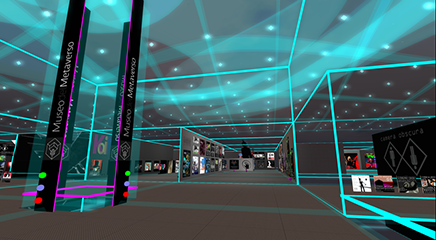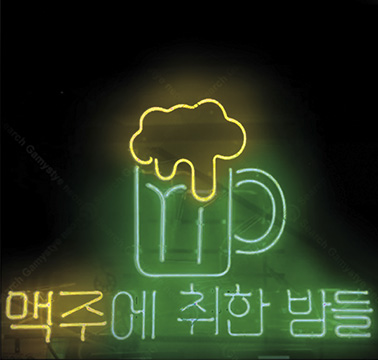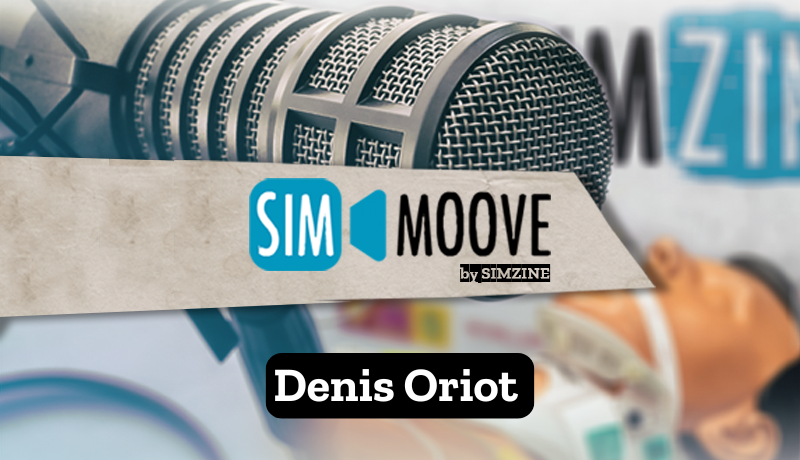Korean colleagues wonder about the future of simulation and health education, what applications and limits it will have in the Metaverse
Welcome back to our Pub,
Today your brewmaster offers you a foreign, carefully selected beer, it is recommended to “drink” it in a moment of relaxation since it is a meditation beer. The beer that we will taste is a Korean beer that leads us to question what the future of health education will be, what applications and limits it will have in the Metaverse. Now do you understand why it is for meditation? Due to the spread of COVID-19, activities that were thought to be possible only offline have been converted to virtual reality and are rapidly expanding into various fields such as education, healthcare, fashion and tourism.
The metaverse has quickly begun to enter modern life and some applications have already been used in education, so in this brewery they have reviewed the 4 types of metaverse: augmented reality, lifelogging, mirror world and virtual reality. In this review, the Korean brewers focus on a roadmap in which 2 axes are presented to explain the different types of metaverse: one is augmented reality versus simulation, the other is the inner world of the individual versus their external world, between these two axes are the various types of metaverse depending on the technology used and its purpose. On the first axis, augmented reality superimposes additional information on the physical environment that we perceive, while on the contrary, simulation provides a unique environment by modeling reality. Simulation, in fact, includes the use of virtual reality to create a simulated world in which you can interact; therefore, augmented reality and simulation can be divided according to whether the information is implemented in physical reality or virtual reality. Regarding the second axis, the internal world focuses on the identity and behavior of an individual through avatars or digital profiles, while the external world focuses on user-centered aspects of external reality through technologies that display information about what surrounds him/her.
Among the 4 types of metaverse, the most varied and used technology in education to date is virtual reality that can be accessed from anywhere with Internet connection, regardless of distance. In this reality, the space, the cultural background, the characters and the institutions are designed differently from reality. The avatar acting on behalf of the user explores a virtual world, communicates with other users, and achieves an educational goal.

Our brewers, albeit under the fumes of alcohol, have realized how the different types of metaverse, which initially developed independently, have recently evolved into a new type of convergence of services, interacting and making the metaverse a new space for social communication with infinite educational potential.
Therefore, this beer has a lot of future potential for the development of new educational models in health care and beyond, but it also has a fairly high IBU (International Bitterness Unit), so it has a very bitter aftertaste. This aftertaste is given by the fact that, in the metaverse, game-centric relationships are formed with others that are weaker than real-world interactions, privacy issues arise due to the collection and processing of various personal information. Due to the high degree of freedom, platform administrators cannot predict all user actions, and ultimately the use of avatars and digital profiles can cause identity confusion, escapes from reality, and real-world misfits.

Beyond this aftertaste, Korean brewers predict that the metaverse will change the way we teach in the future, however they suggest that a metaverse educational platform needs to be developed to prevent the misuse of student data, and to examine the students’ models of use of the platform, by analyzing the level of immersion and its positive and negative effects on learning activities, and finally the importance that even the instructors themselves correctly understand the technical characteristics of each type of metaverse in order to comprehend its potential, limits and risks.
In general, this beer, when you try it, makes you a little dizzy but after a while it makes you meditate and creates a lot of curiosity… I still hope that beyond its particularity you liked it, I’ll wait for you at the next meeting where we will taste other exceptional beers !
See you soon,
your brewmaster.
READ ALSO







































